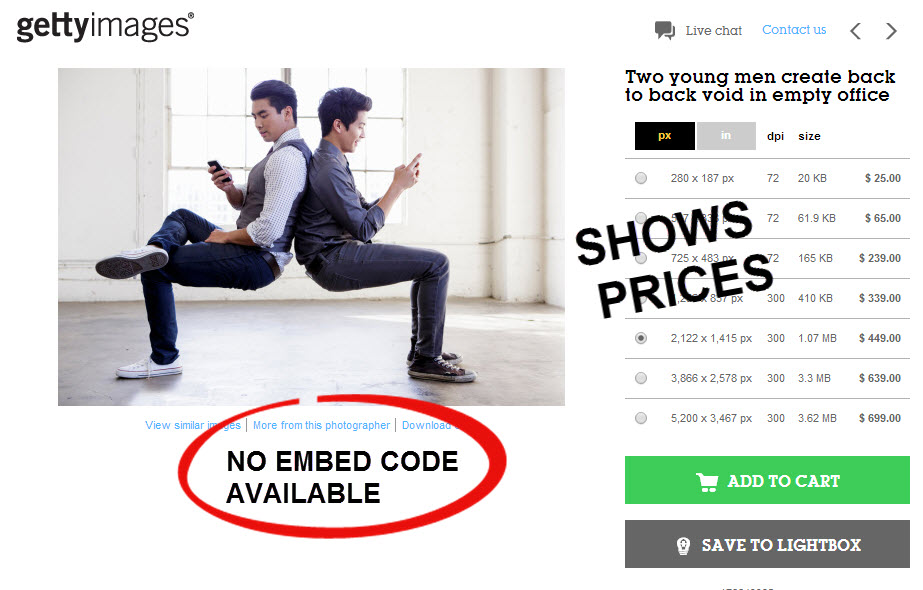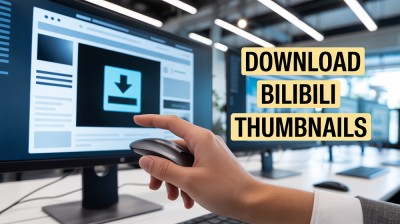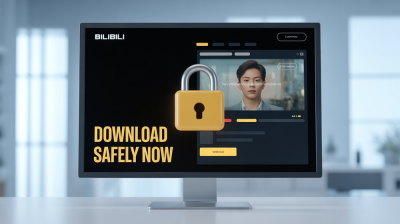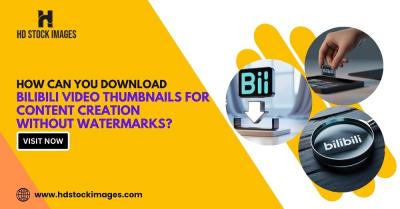Getty Images is a treasure trove of high-quality photographs, illustrations, and videos, catering to diverse creative needs. Whether you’re a marketer, a blogger, or simply someone looking to add flair to your projects, Getty Images offers a vast collection that can elevate your visuals. However, accessing these images often comes with a price tag, leading many to wonder about legal options for obtaining them for free. Let's dive into how you can navigate these waters responsibly.
Understanding Licensing and Copyright

When you stumble upon an eye-catching image on Getty, it's essential to understand the legal framework surrounding it. Copyright laws protect the creator's rights, meaning using images without permission can lead to hefty fines or legal repercussions. Here's a breakdown of key concepts:
- Copyright: This gives the creator exclusive rights to their work. Any unauthorized use is a violation.
- Licensing: Getty Images operates on a licensing model. You pay for the right to use the images under specific terms.
- Royalty-Free: This means you pay once and can use the image multiple times without additional fees, but you still need to adhere to the licensing agreement.
- Rights Managed: This type of license grants usage rights based on specific parameters like duration, geography, and purpose. Costs can vary widely.
To use Getty images legally without breaking the bank, consider these options:
- Creative Commons: Some images on platforms like Flickr or Wikimedia Commons might be under Creative Commons licenses, allowing for free use with attribution.
- Free Trials: Getty occasionally offers free trials or promotions where you can access images for a limited time.
- Partner Programs: Some educational institutions or nonprofits have partnerships with Getty that provide free access to certain images.
Understanding the nuances of licensing and copyright is crucial. Always read the licensing agreements thoroughly to know what you're getting into. Ignoring these guidelines can taint your project and lead to unnecessary complications. Remember, creative integrity matters, so respect the work of artists while exploring your options!
Also Read This: How to Get Paid by Getty Images: A Detailed Payment Guide
3. Free Access Options for Getty Images
If you're on the hunt for high-quality images but want to avoid breaking the bank, you might be pleased to know that Getty Images offers some free access options. While their premium library is vast and often expensive, there are ways to snag images without spending a dime. Let's dive into those options!
First off, you can explore Getty's Embed feature. This allows you to use select images directly on your website or blog without paying for them. Here’s how you can do it:
- Go to the Getty Images website.
- Search for images using keywords relevant to your project.
- Look for images labeled as "embed" on the results page.
- Click on the image, and you’ll see an "embed" button. Clicking this will give you a code snippet to use.
Embedding images is a fantastic way to showcase compelling visuals while keeping your budget intact! Just remember, these images come with specific usage restrictions. They’re primarily for non-commercial use, so be sure to read the guidelines provided.
Another option to consider is Creative Commons licenses. Getty Images occasionally collaborates with platforms that host images under Creative Commons. While these aren’t typically found directly on Getty, you can find free images that might have originated from their library on other sites. Websites like Flickr or Unsplash might have similar options. Just search for "Getty Images" along with your desired subject matter!
Finally, keep an eye out for promotions and special offers. Getty Images occasionally runs campaigns that allow free trials or limited-time offers. Signing up for their newsletter or following them on social media can keep you in the loop about such opportunities.
Also Read This: How to Get Photos from Getty Images Without Watermark: Legal Methods for Accessing Images
4. Using Getty Images with Attribution
If you want to use Getty Images legally without paying fees, providing proper attribution is key. But what does that mean, and how do you do it correctly? Let’s break this down!
Firstly, when you use an image that requires attribution, you must credit the original photographer or the source of the image. This not only respects the creator's rights but also enhances your credibility. Here’s how to format your attribution:
- Always include the photographer's name.
- Provide the title of the image, if available.
- Link back to the original source on Getty Images.
For example, if you’re using an image titled "Sunset Over the Ocean" by John Doe, your attribution might look like this:
Photo by John Doe on Getty Images
When using attribution, there’s a subtle art to placement. Ideally, you want to put the attribution text near the image itself, ensuring it’s clear and visible. This could be directly below the image or in a caption if you’re using a gallery format.
Furthermore, always double-check the specific licensing terms of the image you’re using. Some images might have unique requirements on how attribution should be provided. For instance, they might specify that the link needs to be a live hyperlink or that you must use a particular format.
Finally, keep in mind that while attribution allows for free use of some images, this doesn’t automatically grant you the right to use them for commercial purposes. For that, you'd still need to acquire the appropriate license.
In conclusion, utilizing Getty Images legally and ethically is absolutely possible! By exploring free access options and mastering the art of attribution, you can elevate your projects with stunning visuals while respecting the rights of artists.
Also Read This: How to Use Getty Images on WordPress for Embedding and Licensing
5. Creative Commons and Public Domain Images
If you're looking for free access to images, Creative Commons and public domain images are fantastic avenues to explore. These resources allow you to use images legally without the hefty price tag often associated with stock photography. Let’s break down what they are and how to find them.
Creative Commons licenses are a way for creators to share their work while retaining certain rights. Depending on the specific license, you can use images for personal or commercial projects. Here are the main types of Creative Commons licenses:
- CC BY: You can use the image for any purpose, even commercially, as long as you give appropriate credit to the creator.
- CC BY-SA: Similar to CC BY, but any derivative work must be licensed under the same terms.
- CC BY-ND: You can use it for any purpose, but you can't make changes to the original image.
- CC BY-NC: You can use it non-commercially, with credit to the creator, without making derivatives.
- CC BY-NC-SA: Non-commercial use only, and derivatives must be under the same license.
- CC BY-NC-ND: The most restrictive license; you can only use the image as is, for non-commercial purposes.
To find Creative Commons images, websites like Flickr Commons, Wikimedia Commons, and Pixabay are excellent starting points. Just remember to check the license for each image to ensure you comply with the usage rules!
On the other hand, public domain images are even more accessible, as they are free from copyright restrictions. This means you can use, modify, and distribute them without needing to credit the creator. Websites like Public Domain Pictures and Unsplash offer vast collections of public domain images.
In summary, Creative Commons and public domain images are excellent alternatives to Getty Images. They provide a treasure trove of visual content, allowing you to enhance your projects without breaking the bank!
Also Read This: How to Earn Money from Getty Images by Selling Your Photos
6. Alternatives to Getty Images
While Getty Images has a massive library, it’s not the only player in the stock photo game. Many alternatives offer high-quality images, often at a fraction of the cost or even for free. Let's explore some of the best options available!
1. Shutterstock: Known for its vast selection, Shutterstock provides millions of images, videos, and music tracks. It operates on a subscription model, which can be cost-effective if you need images regularly.
2. Adobe Stock: If you're already using Adobe products, Adobe Stock seamlessly integrates with tools like Photoshop and Illustrator. The quality of images is top-notch, and they offer a free trial for new users!
3. iStock: A subsidiary of Getty Images, iStock offers affordable pricing for high-quality images. They have a credit system, allowing you to purchase only what you need.
4. Stocksy: This alternative focuses on unique, artistic imagery, often created by photographers who are paid fairly for their work. Stocksy has an excellent selection of authentic and diverse images.
5. Pexels and Unsplash: If you’re looking for free options, these platforms offer stunning, high-resolution images contributed by talented photographers. Both sites are user-friendly and allow you to search by categories or keywords with ease.
6. Burst by Shopify: Burst is a free stock photo platform specifically designed for entrepreneurs. It features a variety of high-quality images to help businesses enhance their online presence.
In conclusion, whether you're on a budget or just prefer to explore a variety of visual content, there are plenty of alternatives to Getty Images. With a little bit of searching, you can find the perfect images to elevate your projects!
Also Read This: How to download Adobe Stock Image without watermark for free
7. Tips for Properly Using Images in Your Projects
When working with images in your projects, it's essential to strike a balance between creativity and legality. Here are some practical tips to ensure you’re using images properly:
- Always Verify Licensing: Before using any image, make sure to check its licensing terms. Some images might be available for free, but they may require attribution. Websites like Unsplash and Pexels offer images that are free to use, but it’s good practice to read the guidelines first.
- Give Credit When Necessary: If you’re using an image that requires attribution, clearly credit the creator. For example, if you use a photo from Unsplash, you could say: “Photo by Username on Unsplash.” This not only respects the creator’s rights but also enhances your project's credibility.
- Consider Fair Use: In certain cases, you might be able to use images without permission under the fair use doctrine. This typically applies to educational, commentary, or transformative uses. However, fair use can be complex, so always evaluate whether your use qualifies.
- Opt for Public Domain Images: Public domain images are free from copyright restrictions. Websites like Public Domain Pictures or Pixabay are excellent resources for finding such images. Just ensure that they are indeed marked as public domain.
- Use Watermarked Images for Inspiration: If you find a stunning image that you can't use due to copyright, consider using that image as inspiration to create your own version or photograph a similar scene. This can lead to unique creations while avoiding legal issues.
- Maintain a Consistent Style: When selecting images, aim for a cohesive look throughout your project. This creates a more professional appearance and helps reinforce your brand identity. Establish a color palette or theme and choose images that align with it.
By implementing these tips, you'll not only protect yourself from potential legal troubles but also enhance the overall quality of your projects.
8. Conclusion and Final Thoughts
Exploring legal options for free access to Getty Images opens up a world of possibilities for creators and marketers alike. Understanding the nuances of image licensing can be daunting, but it’s worth the effort to protect your work and respect the rights of others. As you navigate this landscape, remember:
- Always do your research before using any images.
- Leverage resources that provide high-quality images legally.
- Be mindful of copyright issues, and don’t hesitate to reach out for permissions if needed.
Whether you're a blogger, a business owner, or a student working on a project, having access to the right images can elevate your work dramatically. By utilizing platforms that offer free legal access or even considering licensing options, you’re empowering your projects with visuals that resonate.
Ultimately, creativity thrives in an environment where respect for intellectual property is paramount. So, get inspired, be responsible, and let your projects shine with stunning imagery that is both legally sound and visually captivating!
 admin
admin








